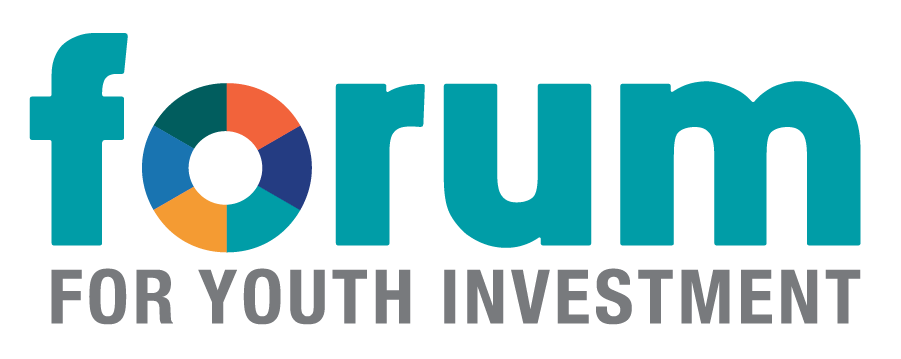A Conversation with Camille Farrington on the Foundations for Young Adult Success Framework
In September, the Forum's President & CEO Karen Pittman spoke with Camille Farrington, one of the chief architects of the Foundations for Young Adult Success framework, to explore how the framework remains critical to our efforts to put children and youth at the center and address equity.
